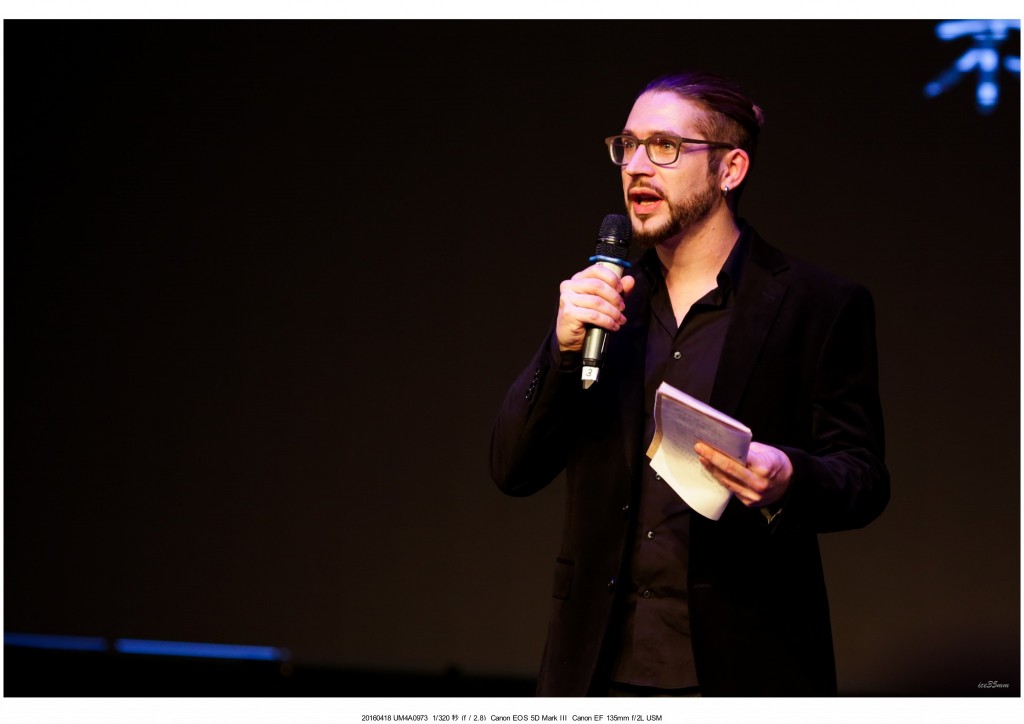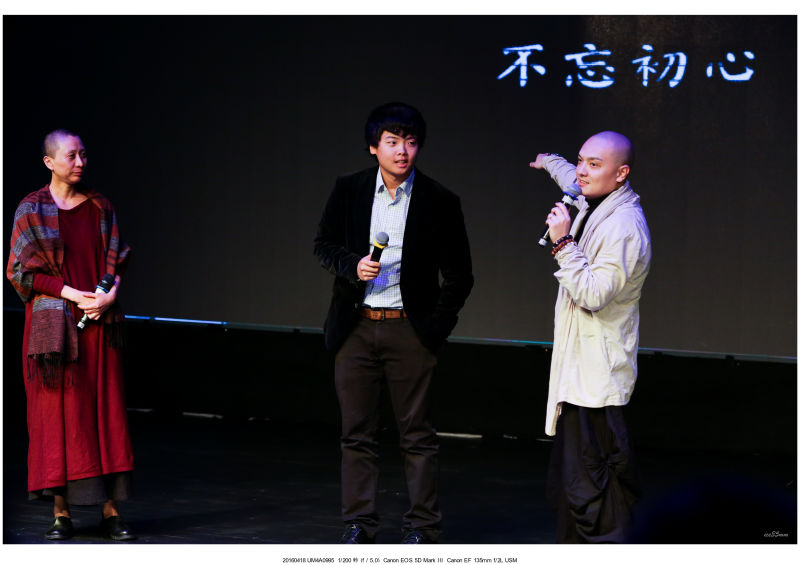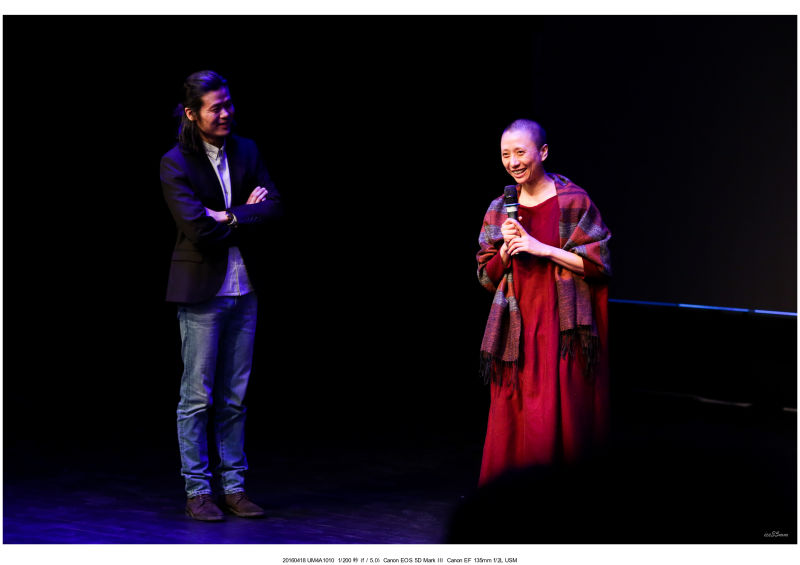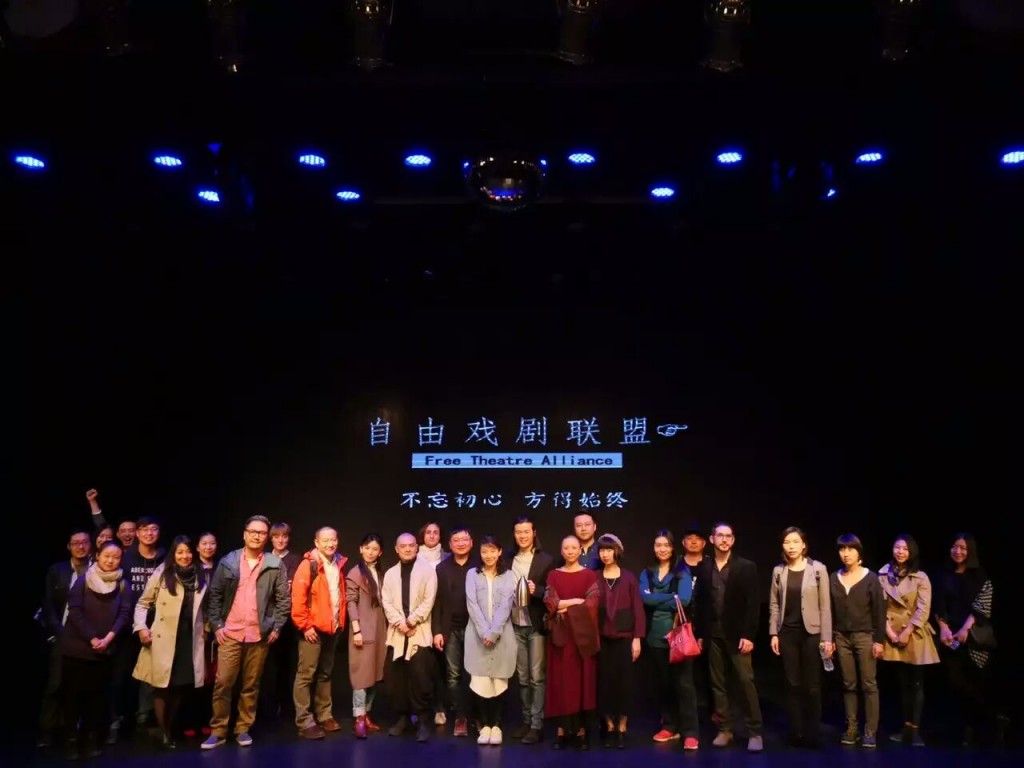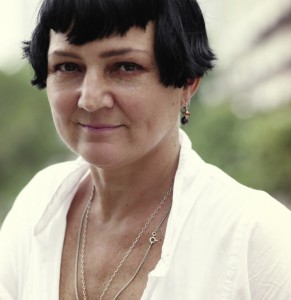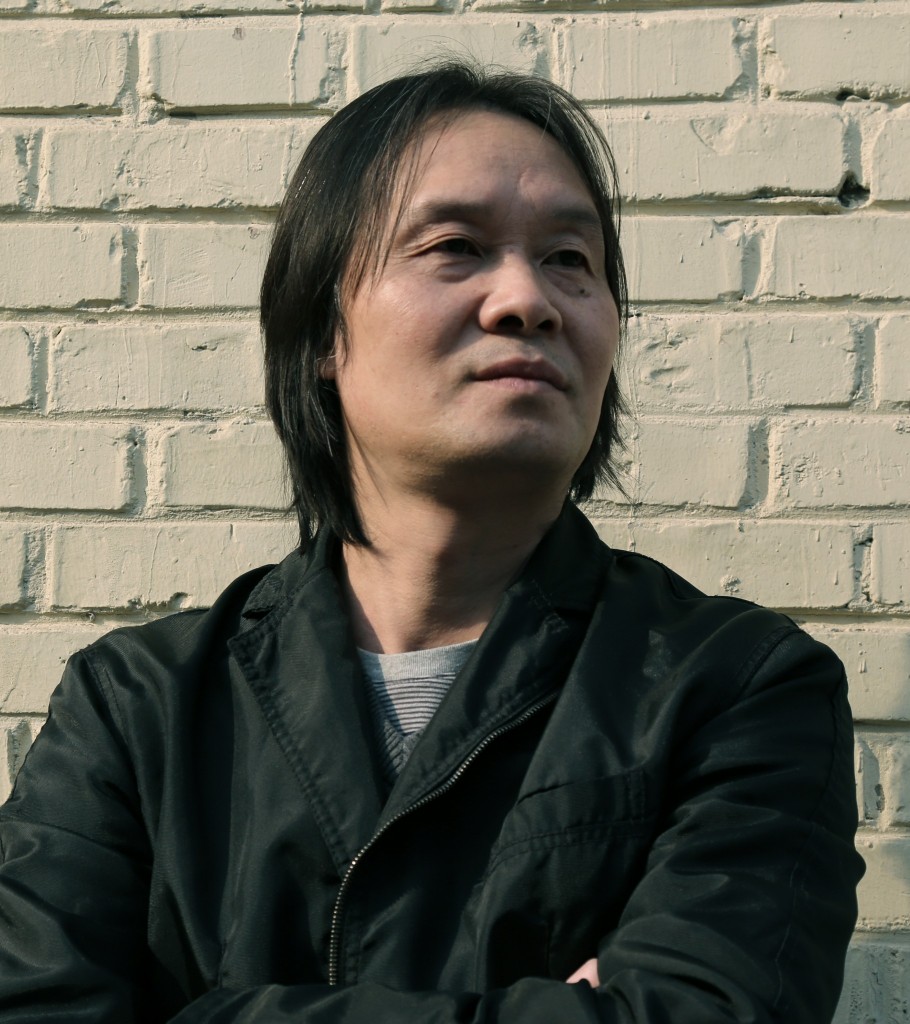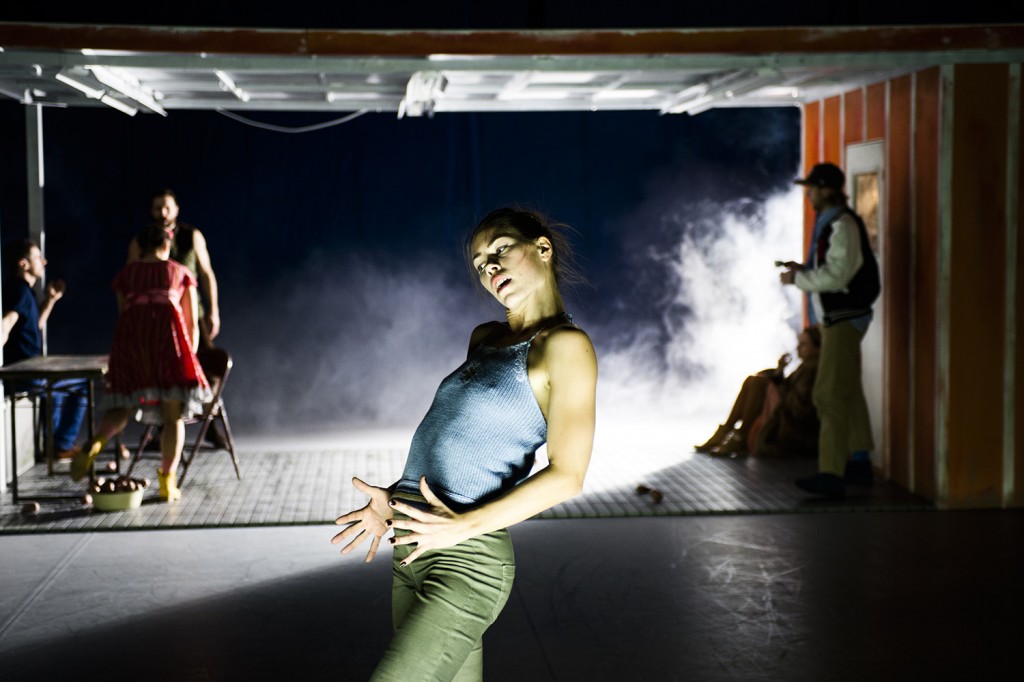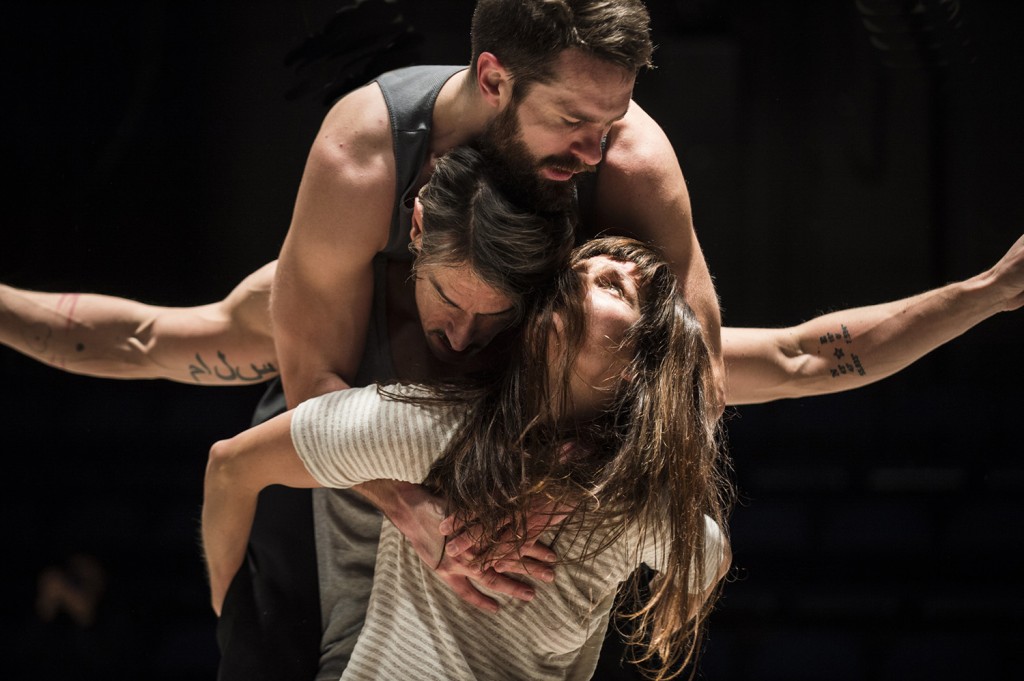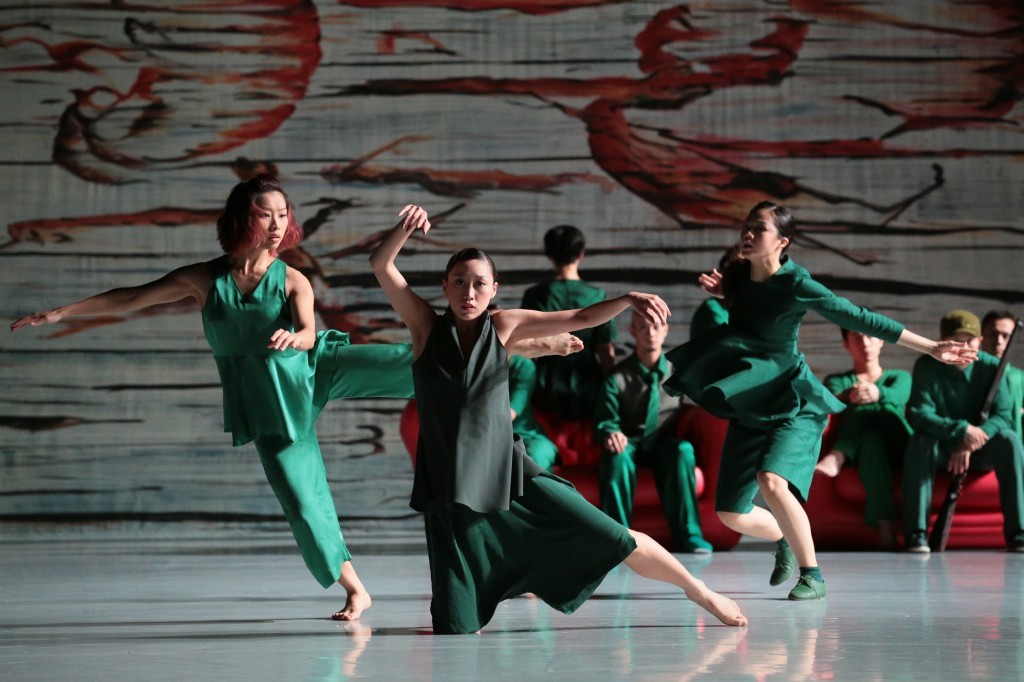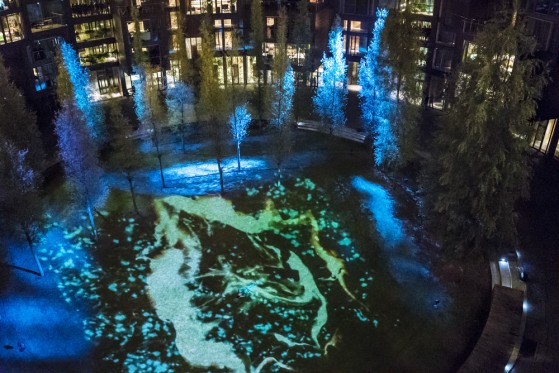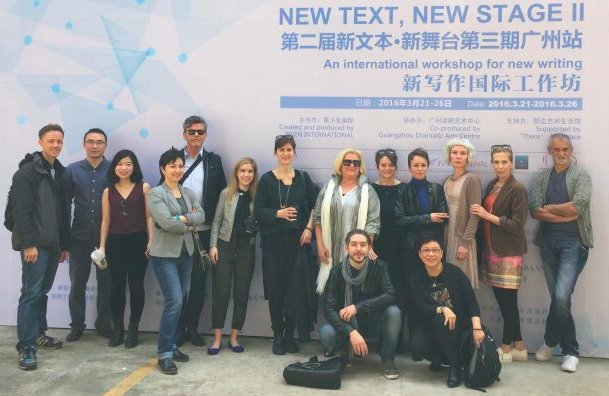 NEW TEXT, NEW STAGE II is a workshop for new writing focusing on contemporary world’s most crucial subject: migration. For 9 months, 30 artists from all over the world have attended 3 intense workshops. The program concluded with the workshop in Guangzhou, March 2016, with eight newly written original plays as the result.
NEW TEXT, NEW STAGE II is a workshop for new writing focusing on contemporary world’s most crucial subject: migration. For 9 months, 30 artists from all over the world have attended 3 intense workshops. The program concluded with the workshop in Guangzhou, March 2016, with eight newly written original plays as the result.
Building on the previous sessions in Beijing (July 2015) and Shanghai (November 2015), the Guangzhou workshop saw all eight plays carefully read, discussed, rehearsed and staged (in short excerpts) by 3 directors from Norway, Germany and Hong Kong and a group of local actors.
The scope is wide. The 8 plays, written by playwrights from different continents and backgrounds, range from a conversation between an African kidnapper and a Canadian volunteer to a Russian man gone missing after WW II, from a Eastern-European migrant helping an upper-class Norwegian lady to relocate to an ambitious Chinese actress chasing fame in New York. All the plays explore the theme of migration, love and loss, hope and despair, the weight of personal choices and unexpected meetings.
The 3rd workshop Guangzhou is not the end of the journey. In the following months, theaters in both China and overseas have expressed interest in producing the eight scripts. Ibsen International is working to organize the first “New Text – New Stage Festival” in China in 2017. Our ultimate goal is to portray the conflicts and opportunities migration imposes on humanity, to be shown, seen, and discussed openly all over the world.
Guangdong TV NEWS Report:
1. FINAL ROUND OF FEEDBACK
Each of the playwrights were given a 2-hour private feedback session with 2 dramaturges to discuss ideas of further development for the texts. The session also had a practical aspect in giving input on how to make the scripts ready for real-world production. In the presence of the dramaturges and the other authors each playwright got the chance to have an open reading of their plays, and receive feedback and suggestions from their global peers.
2. FROM PAGE TO STAGE: performance of short excerpts
In the presence of the playwrights, professional directors and actors rehearsed each of 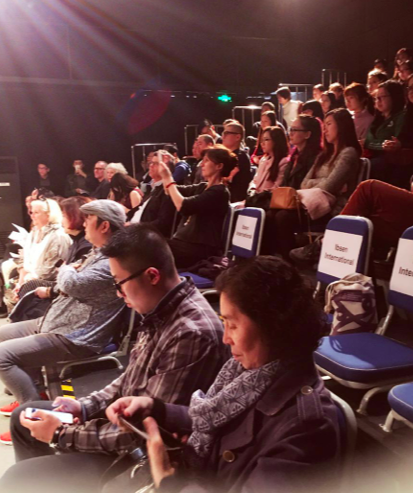 the developed excerpts for 5-hour sessions. This approach opens for a unique opportunity for the authors and directors to communicate and interact directly in the creative process. To the playwrights this is a unique opportunity to see their staged in a professional setting. To the directors and actors this opens a rare opportunity to work directly with the author, and get a deeper understanding of the texts and their underlying intentions.
the developed excerpts for 5-hour sessions. This approach opens for a unique opportunity for the authors and directors to communicate and interact directly in the creative process. To the playwrights this is a unique opportunity to see their staged in a professional setting. To the directors and actors this opens a rare opportunity to work directly with the author, and get a deeper understanding of the texts and their underlying intentions.
The public performance at the end of the workshop was a significant event in the theater community of Guangzhou, all tickets were booked within days. At the after-show talk, a young woman shared her grandma’s tragic migration story with the historical context of China 30 years ago. The leader of a local theatre group noted that the physical language employed in “Noise” (see below) was the best depiction of the mentality of Chinese parents she had seen.
3. FROM LOCAL TO GLOBAL: getting ready to production
The ultimate goal of New text New Stage II is to produce all the 8 plays created through the project for a 2017 theatre festival in China. Through the festival, we also aim to create an international network for the promotion of global contemporary writing. Our ultimate goal is to portray the conflicts and opportunities migration imposes on humanity, to be shown, seen, and discussed openly all over the world.

PARTICIPANTS:
Artsistic and Managing Director:
Inger Buresund
Dramaturges:
Hege Randi Tørressen
Fabrizio Massini
Vilma Štritof
Yngvar Julin
Playwrights:
Kim Davies (United States)
Sombel Gaffarova (Tartarstan/Russia)
Liv Heløe (Norway)
Gu Lei (China)
Hanne Ørstavik (Norway)
Letizia Russo (Italy)
Mike van Graan(South Africa)
Zhu Yi (China)
Directors:
Fung Wai Hang (Hong Kong,PRC)
Matthias Jochmann(Germany)
Jon Tombre (Norway)
Project coordinator:
Jennifer Zhang
Media coordinator:
May Zhang
Interpreters:
Zhang Jingjing/Song Ruifeng
THE PLAYS
I am a dog
Liv Heløe (Norway)
A young man grows up in a small town. His mother is hoping for him to establish there. But the young man is drawn against the big city. He buys a puppy to his mother, packs his bags and leaves.
The big city has everything he can dream about; excitement and unpredictability. But the price is high. His naivety is exploited. To survive he starts to exploit others.
When he one day wants to leave, he is hurt and broke. He remains in the city, lives from hand to mouth among the poor and homeless.
When he, after many years returns, his hometown is transformed. Old houses are replaced by new, the butcher´s has become a shopping mall. His mother´s dog is growling and he realizes that he no longer belongs.
He leaves his hometown for the second time – not for the big city, but to find himself.
My sister’s Tree
Hanne Ørstavik (Norway)
“My Sister’s tree” takes place in an empty apartment. A woman in her early 50’ies is moving in and a young refugee, a man, is carrying the last boxes into her new place. The story evolves in these empty rooms – intertwining the characters and their inner life – in conflict and interaction with what happens in the apartment and the realities of the outside world, .
What does it mean to belong?
Is it possible to come “home” in a situation of homelessness?
“My Sister’s tree” is a play about longing, loss and love.
No Name
Letizia Russo (Italy)
“No Name” is set up with 12 characters played by 4 actors set up with the backdrop of a Southern Europe in a state of social, economical and political crisis.
The characters are on one side migrant of first and second generation but also native citizens. Together the characters are protagonists of 4 different stories and the 4 stories intersect at crucial crossroads in the narrations. Each of the characters values, goals, and actual survival is challenged, provoked or put at risk through unplanned meetings with other human beings.
In the excerpt presented at the performance, a slightly racists pensioner and widower talks to the spirit of his deceased wife and finally admits to himself that he is unexpectedly falling in love with a migrant woman.
When Swallows Cry
Mike van Graan (South Africa)
“When swallows cry” is a trilogy of interwoven playlets about migration from and to Africa. Through topical, contemporary stories, the trilogy explores global mobility and the structural challenges and violence inherent in migration, particularly from poorer to wealthier regions.
A Canadian teacher is captured and held for ransom in a West African country. US immigration officials interrogate a Somalian visitor with a valid visa. Zimbabwean stowaways are held in a detention centre in Australia. Each of the three pieces places the characters in a similar situation, but allows for the interrogation of power relations and human interaction through the choices that the characters make.
A Deal
Zhu Yi (China)
By 2015, Chinese families for the first time represented the largest group of overseas home buyers in the United States. Buyers from China spend $831,800 on a home on average, that is more than three times as much as an average American family spends. (New York Times)
Who are these people?
Why would they buy a property so far away from home?
How do the Americans see them?
“A Deal ” is a dark comedy that features a new upper-middle-class Chinese family’s home buying journey in New York. Greed, betrayal, burning ambition, and broken heart. The play draws a micro picture of the ideological conflicts between the East and the West by following a little stream of the global cash flow. It takes place in Oct 2015 – Jan 2016, when the USD/CNY exchange rate climbs from 6.31 to 6.59.
Evolution
Gu Lei (China)
People, like animals and aquatic plants, migrate to better places to improve their lives. The best places are in demand, and the fight to occupy those most fruitful areas is referred to as the survival of the fittest, this is what is meant by evolution. “Evolution” is about the survival of the fittest in the struggle between hope and disappointment.
The driver in the play is of the opinion that the good places to live should have residential restrictions, but at the same time he thinks that it is stupid for anyone to outright accept such restrictions.
As an example: In some cities, people fake their addresses to let their children get into “good” schools. The background of the children’s families will not meet the socio-economical conditions set by the uptown schools, thus the families have to pretend they live in “good” neighbourhoods to meet the schools expectations. This is not a big problem for the parents, but can cause major issues for their children.
The Daughter
Kim Davies (United States)
The Daughter can’t bear to tell her parents what a failure she has made of her life in the big city, so she starts inventing stories about her fancy job and loving boyfriend. The lies get more and more complicated as she struggles to save face and make her parents happy. But then her mother decides to visit. The Daughter hires a mysterious Agency to help make her web of lies come true—for just long enough to prevent her mother from discovering the truth.
Two Lives of My Grandpa
Sombel Gaffarova (Tartarstan/Russia)
“Clock fixer” Nakip had a good job, a loving girlfriend and a perfect life until he is forced to work in a Nazi concentration camp. Fearing the punishment he might face going home, he migrates to Canada. The play shows his present life intersected with flashbacks to his life story.
The play was inspired by the story of the author’s grandmothers brother, who was a soldier during the Second World War and died in a battle, but was later declared a missing person in 1942.
The play is a fantasy of what could have happened to him, the problems he might have faced if fleeing and adapting to a new motherland, as well as expressing gratitude to the people defending their fatherland.



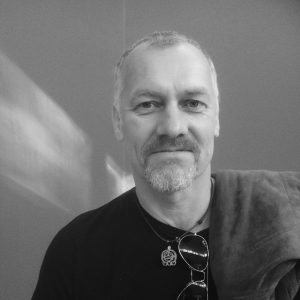

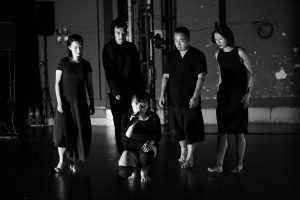
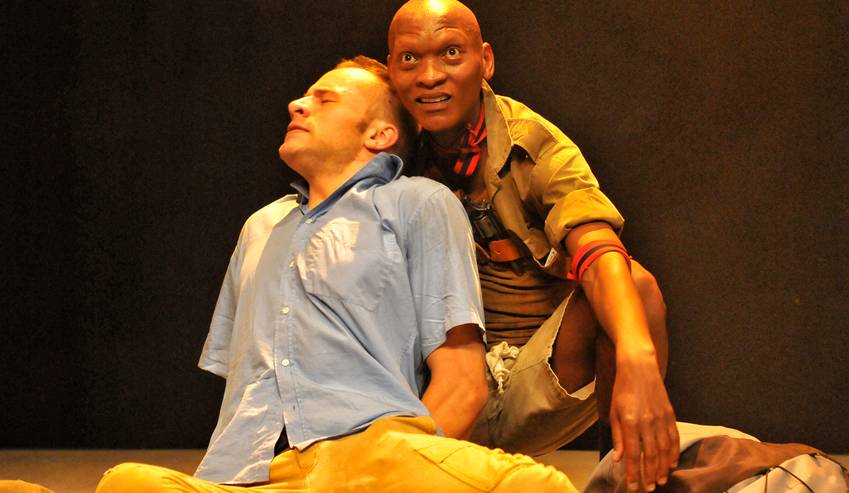
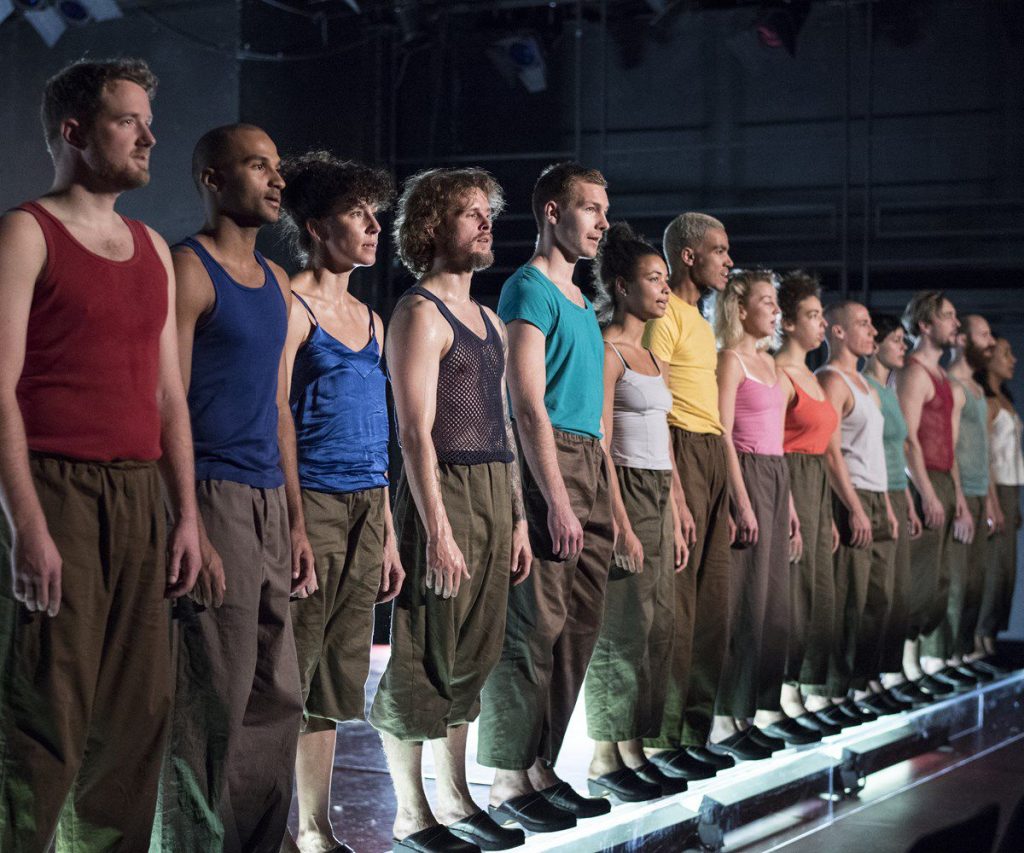
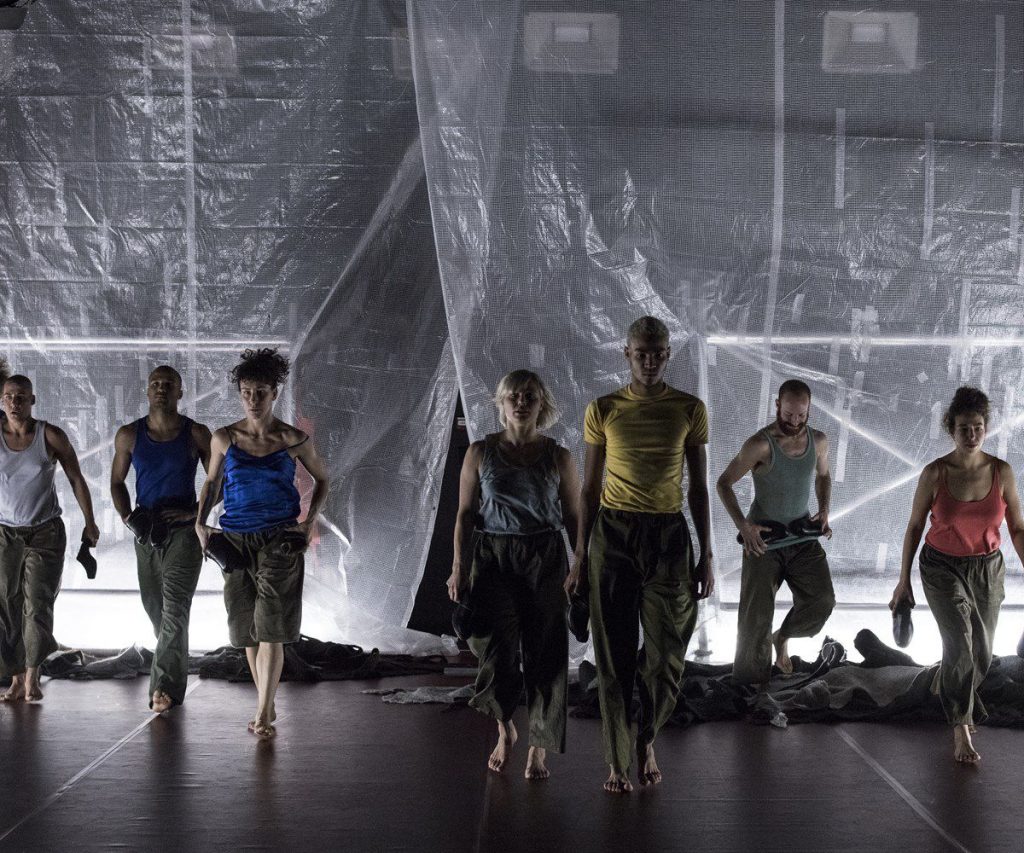
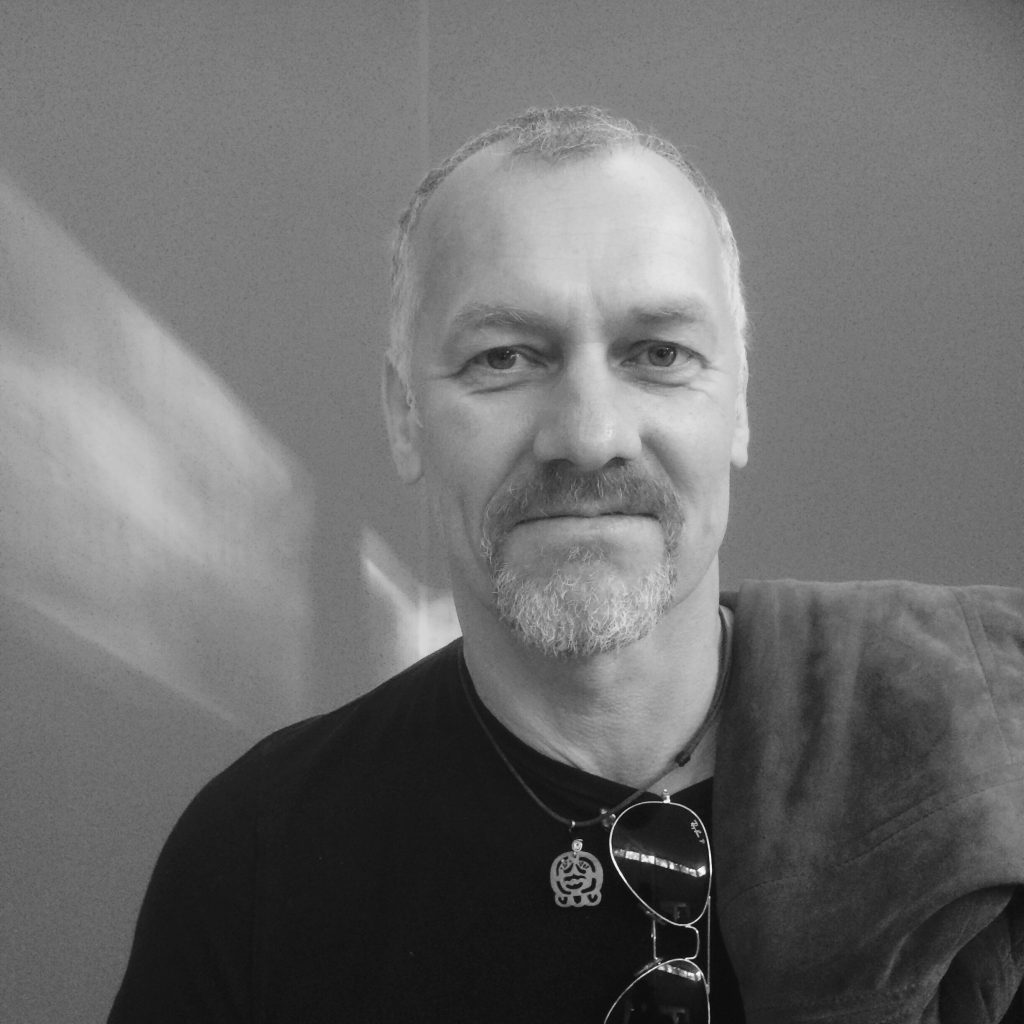

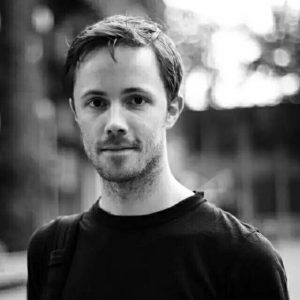



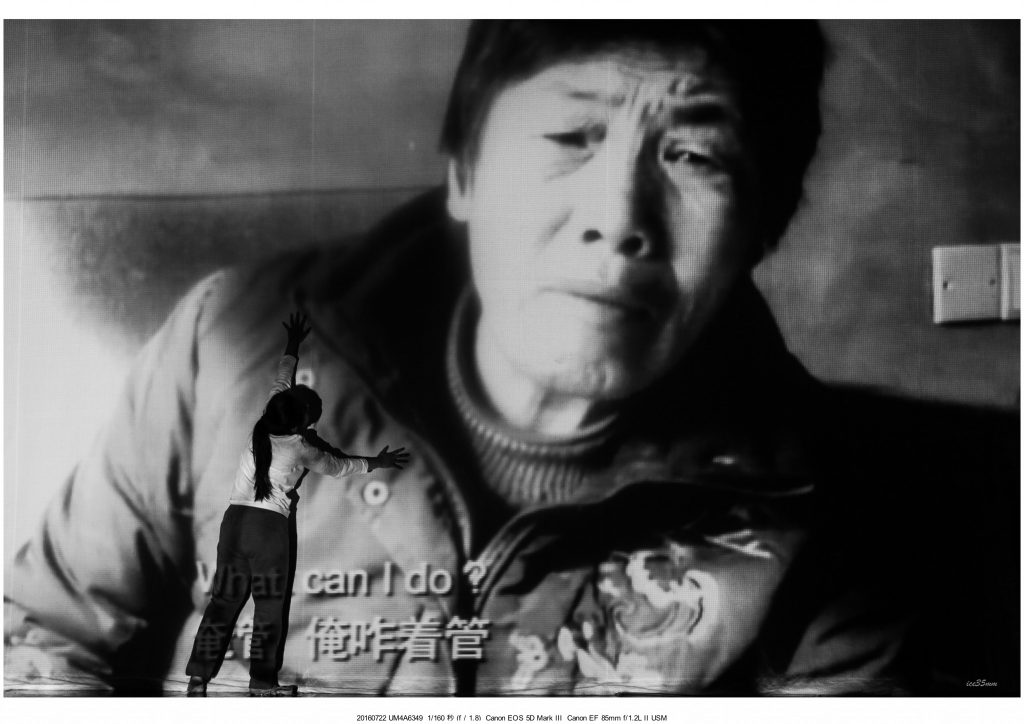
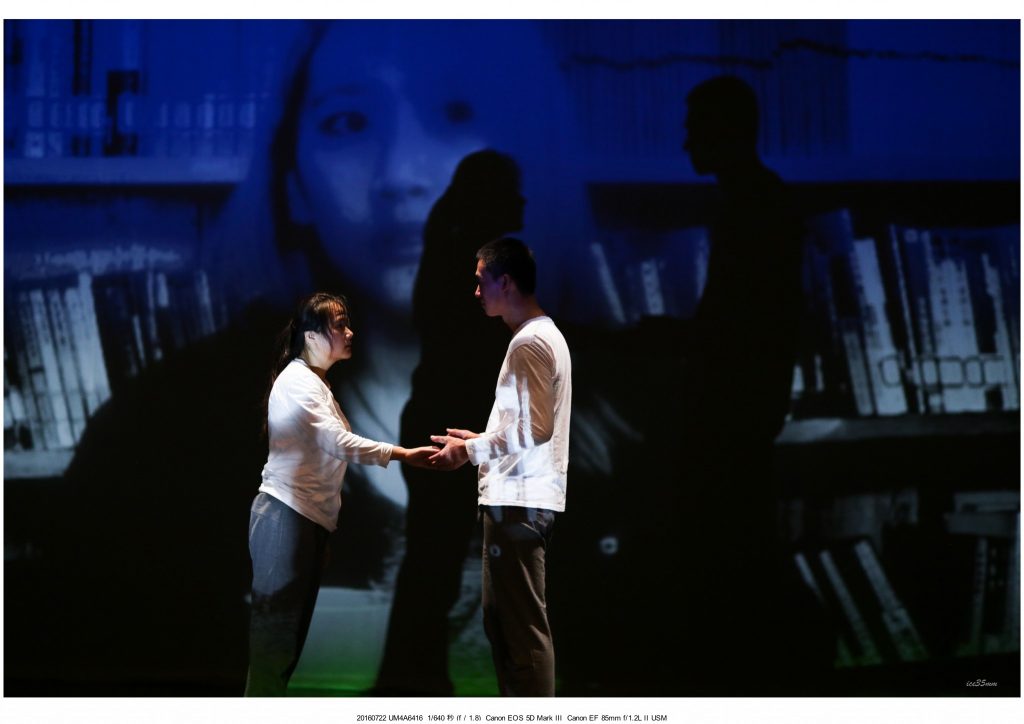
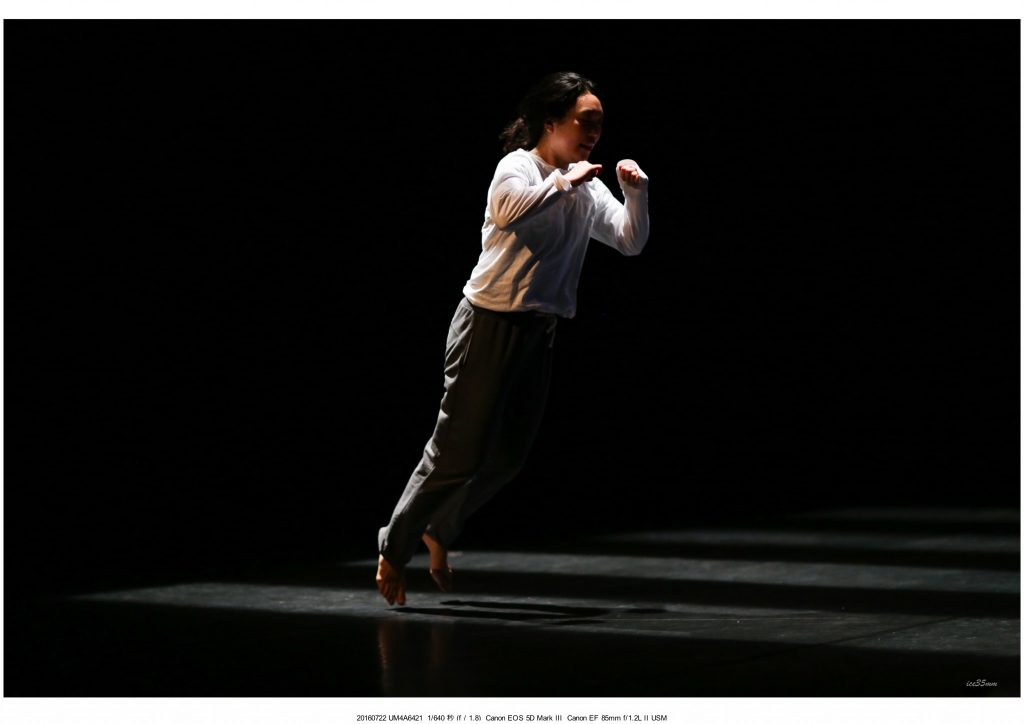

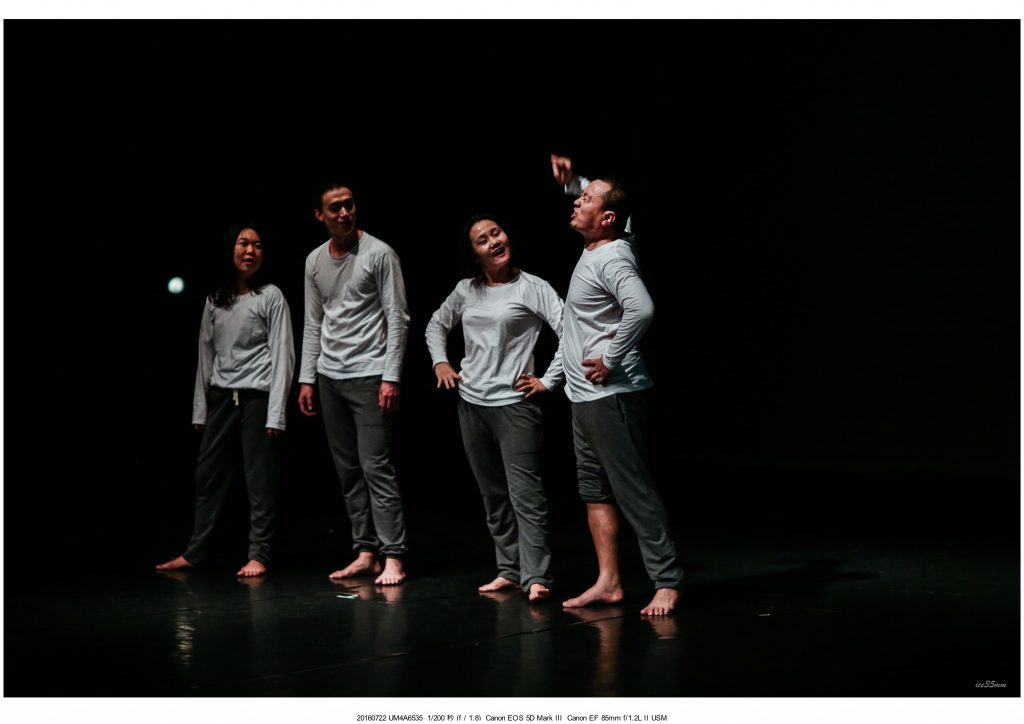
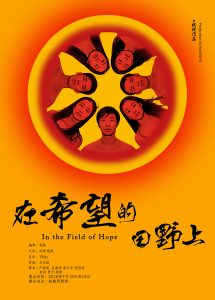
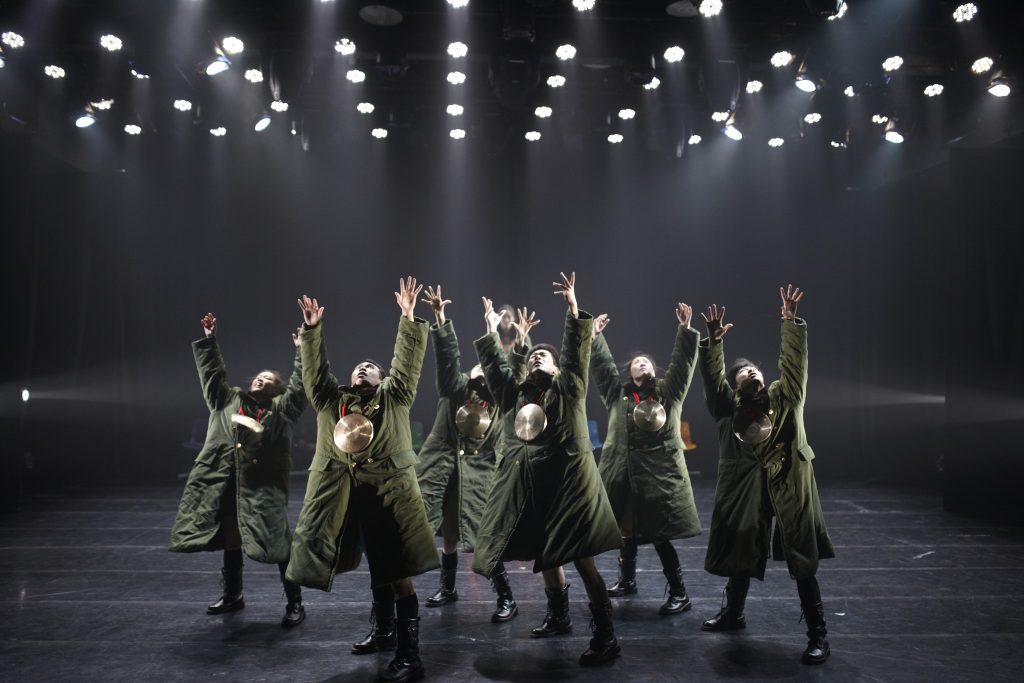
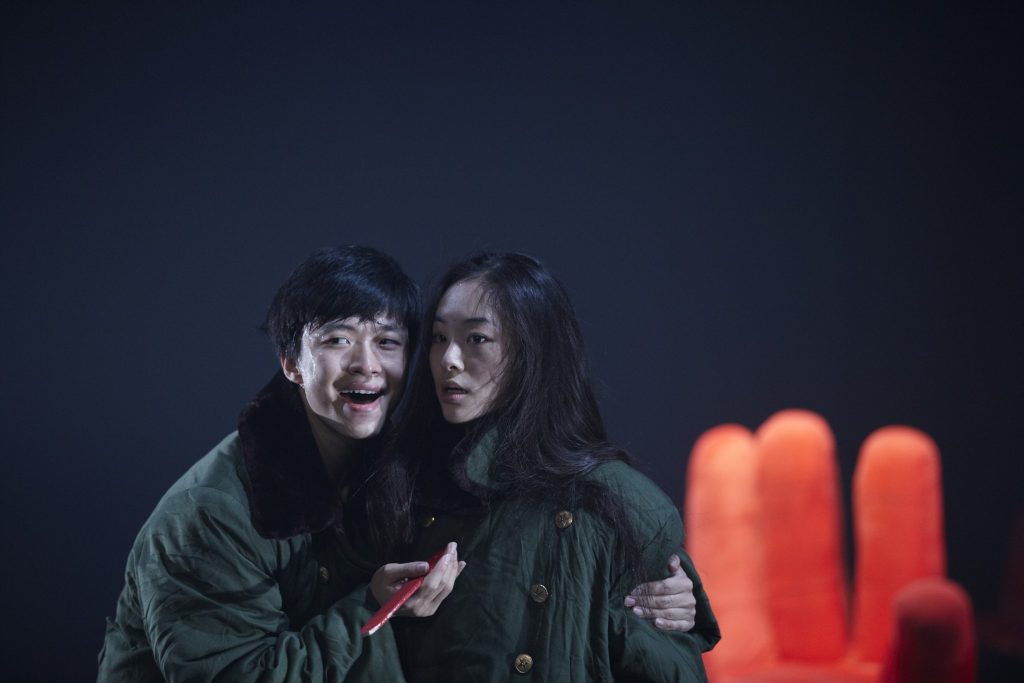
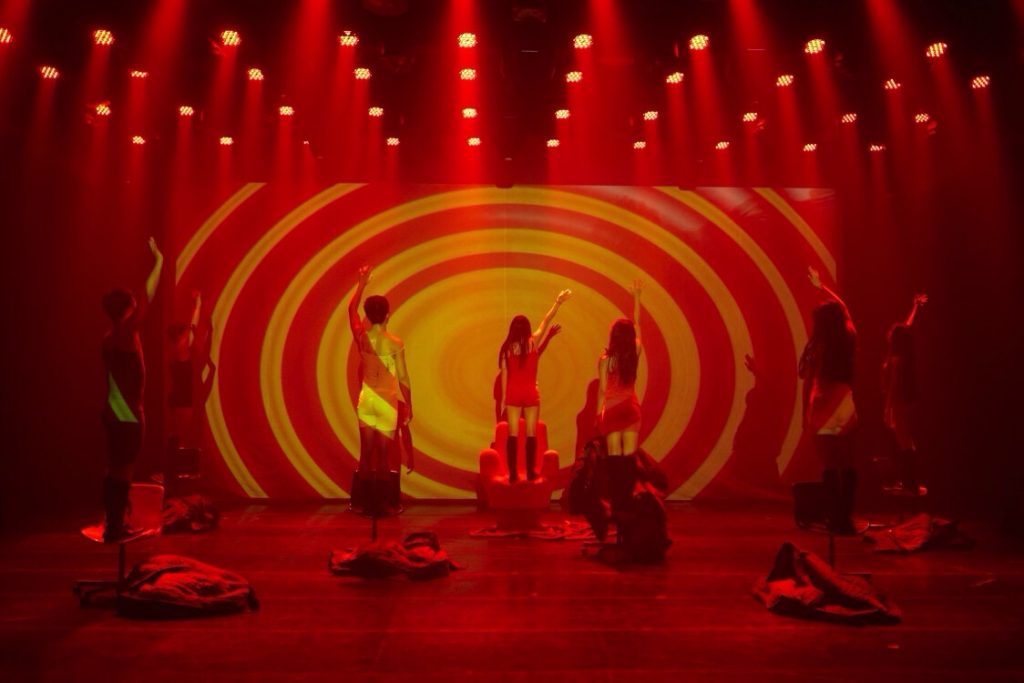
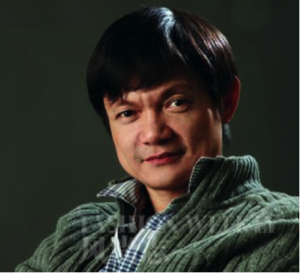
 International in 2010, for the translation, circulation and production of Jon Fosse’s dramatic works in China. Since its launch, the program included the translation of 8 plays, several workshop in collaboration with Shanghai Theatre Academy, three local productions by Shanghai’s SDAC and Fujian’s People Theatre’s Company, and the international festival
International in 2010, for the translation, circulation and production of Jon Fosse’s dramatic works in China. Since its launch, the program included the translation of 8 plays, several workshop in collaboration with Shanghai Theatre Academy, three local productions by Shanghai’s SDAC and Fujian’s People Theatre’s Company, and the international festival 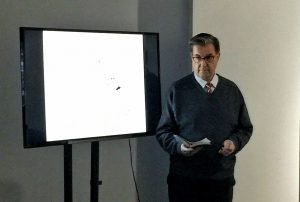 opening speech. After reading an excerpt in Norwegian to let the audience hear the original sound of Fosse’s writing, Mr. Stokke addressed the audience: “In my view there is a unique mood or atmosphere in his works, a rhythm. Many things are not expressed, by words I mean, and some things are often repeated. Fosse creates a line or space in his plays- and so on the stage- that is sometimes tense or worrying, but there is also movement in the room, people brought together, episodes from the past brought to light. Quietness and nature, distance and relations between human beings, Jon Fosse has created a room on his own, and for his works in the world, and a room for us, the readers. And now, in China, the room expands.”
opening speech. After reading an excerpt in Norwegian to let the audience hear the original sound of Fosse’s writing, Mr. Stokke addressed the audience: “In my view there is a unique mood or atmosphere in his works, a rhythm. Many things are not expressed, by words I mean, and some things are often repeated. Fosse creates a line or space in his plays- and so on the stage- that is sometimes tense or worrying, but there is also movement in the room, people brought together, episodes from the past brought to light. Quietness and nature, distance and relations between human beings, Jon Fosse has created a room on his own, and for his works in the world, and a room for us, the readers. And now, in China, the room expands.”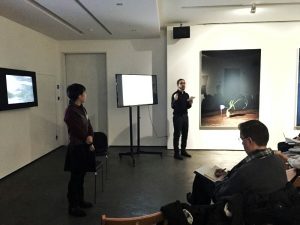
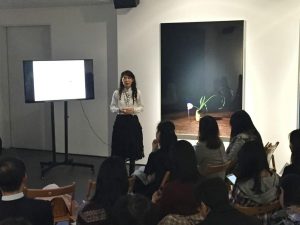
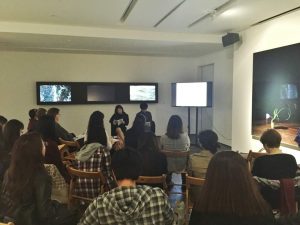
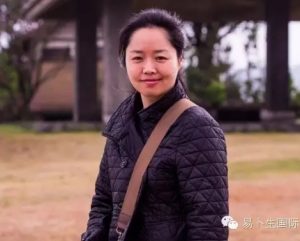

 the developed excerpts for 5-hour sessions. This approach opens for a unique opportunity for the authors and directors to communicate and interact directly in the creative process. To the playwrights this is a unique opportunity to see their staged in a professional setting. To the directors and actors this opens a rare opportunity to work directly with the author, and get a deeper understanding of the texts and their underlying intentions.
the developed excerpts for 5-hour sessions. This approach opens for a unique opportunity for the authors and directors to communicate and interact directly in the creative process. To the playwrights this is a unique opportunity to see their staged in a professional setting. To the directors and actors this opens a rare opportunity to work directly with the author, and get a deeper understanding of the texts and their underlying intentions.

